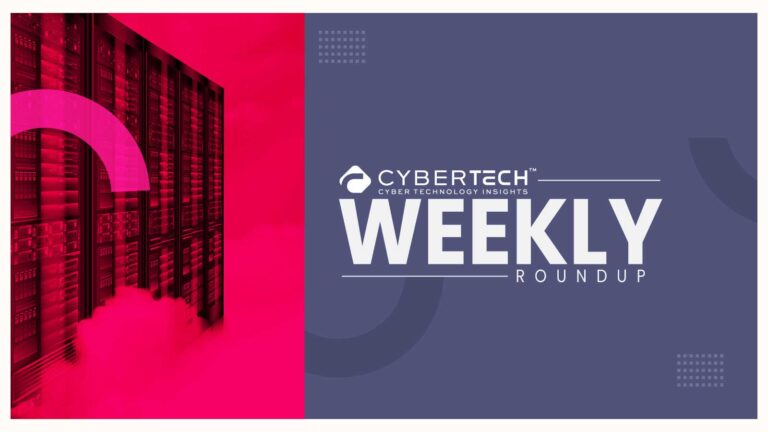Mavenir, the cloud-native network infrastructure provider building the future of networks, welcomes the publication of a new Technical Report by the O-RAN ALLIANCE, ‘Spectrum Aggregation for Multi-Vendor Deployments’, that evaluates multiple spectrum aggregation techniques and proposes an open interface specification support between DUs for carrier aggregation in multi-vendor deployments.
Cyber Technology Insights: PIXM Security Unveils AI-Powered Zero-Day Phishing Defense
The O-RAN ALLIANCE report – which was initiated and led by Mavenir – sets out the practical scenarios for spectrum aggregation across equipment from multiple network equipment vendors comparing different approaches and includes a recommendation for specification development for carrier aggregation in multi-vendor RAN deployment. The carrier aggregation solution using an open interface between DUs has gathered significant support from operators and vendors to pursue specification development within the O-RAN ALLIANCE.
Commenting on the report, Dr. Sridhar Rajagopal, Senior Vice President, Access Technologies for Mavenir and rapporteur for the technical report, said: “This report from the O-RAN ALLIANCE, with its welcome set of recommendations on multi-vendor carrier aggregation, could not come at a more pivotal time for Open RAN as spectrum discussions continue for expanding 5G deployments and with 6G on the horizon. Standardizing the interface between DUs for multi-vendor carrier aggregation will remove single vendor stickiness and will be a game changer for Open RAN.”
Carrier aggregation across available spectrum is one of the key considerations by operators to maximize bandwidth, boost throughput, and improve network performance. An operator obtains new spectrum during regulatory spectrum sale over time. In such a situation, there is a strong desire by the operator to combine the new spectrum with their existing spectrum using carrier aggregation.
However, there is no open standardized interface that exists today for carrier aggregation between two vendors, creating vendor stickiness to operators for all future spectrum expansions. Thus, operators are forced to rely on their incumbents for spectrum expansion, losing negotiating power and control over network evolution while becoming dependent on features, performance and timelines as dictated by their incumbents. Proprietary interfaces for carrier aggregation have existed since LTE days for carrier aggregation in deployments and are well understood for implementations. While an open interface for carrier aggregation has been proposed multiple times in standard bodies such as 3GPP by many operators, it has not been successful due to resistance from traditional vendors. An open specification for multi-vendor carrier aggregation support will open-up the 5G eco-system further and provide a pathway for new low latency features and services for 6G by enabling real-time communication between DUs that does not exist today.
Cyber Technology Insights: Frontier Got ISO 27001 Information Security Certification
Source – globenewswire
To share your insights, please write to us at news@intentamplify.com








